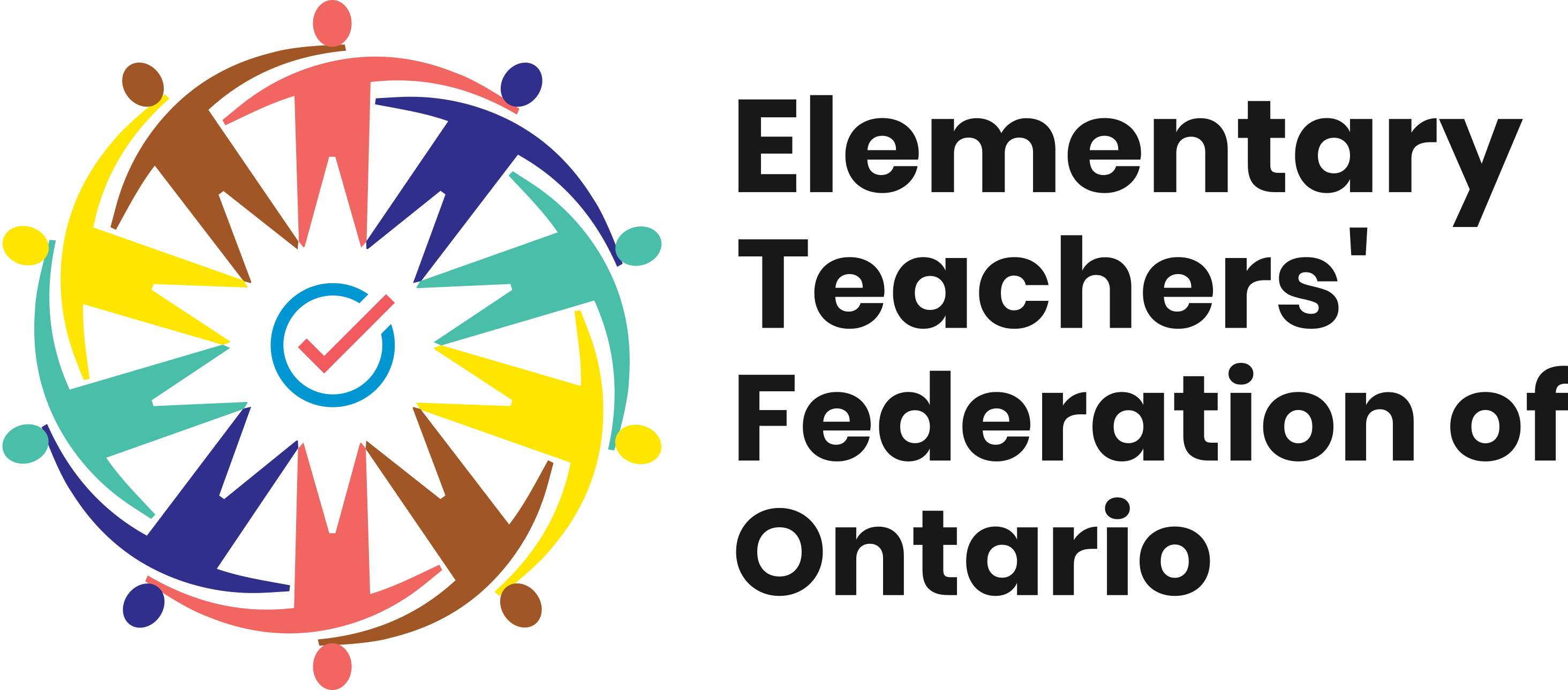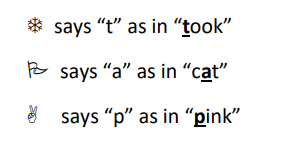I have always loved drama. And not just the flashy productions that come to mind when we think of school theatre — although those were fun too. No, I liked the smaller stuff.
When I was a teenager, our drama classroom was tucked away in the basement of the school. In my opinion, though, it was the brightest spot in the building. If memory serves, we usually had about 15 or so students in our class. I think one year it got down to twelve — which as I write this seems an impossibly, wonderfully low number. The room was carpeted, grey and worn from years of stocking feet running over it in fast-paced chase games, scene studies, and interpretive movement. The walls were painted black, and they faded to an inky void when the fluorescent school lights were switched off and theatre lights shone, illuminating our tiny performance space in little gold pools. Each day, we entered this open space, free of desks and chalkboards and every other thing usually found in classrooms. It was gloriously empty, waiting to be filled with creation.
We were a mixed bag of students, different backgrounds and friend groups. And yet through drama, a new community seemed to spring to life effortlessly. Even teenage cool could not repress delighted squeals during fox-and-rabbit tag, could not stifle laughter at mishaps and happy accidents as we desperately tried to guide each other out of tangle games, could not shatter the silent connection that can happen during performance, when a classmate conveys something new and beautiful in a bit of script or line of music, bringing it to life with body and voice. That was the good stuff. Essays and exams did not convey our insights and perspectives — movement, expression, and even simple tone of voice did. And when so much else in our academic lives seemed grounded in sitting still and using comparatively few ways to communicate learning, the multimodal physicality of the drama room offered a freeing alternative.
But what I loved most about drama class was the way in which it allowed us to see one another, in ways I almost never did in other classes. There was something so immediate and personal about drama. Our ideas were alive in the performance space, communicated to one another in fundamentally human ways. It didn’t feel so much like sharing answers as sharing a part of ourselves.
I have often thought back to those classes in my own career as a teacher, and tried to create similar learning experiences for my students. Before my current role, I often used drama to teach elements of the Language curriculum — and one unit was particularly memorable. I used a simple picture book which contained, as so many of them do, rich themes and complex issues to engage readers of all ages. Specifically, this text featured themes of difference and environmental degradation. But when I considered asking the class to show what they had learned in our unit, I knew some of my students would not be able to fully express their thoughts if my tasks were pencil and paper-based: multilingual language learners in the early stages of English acquisition, students with learning disabilities, dyslexia, dysgraphia … there were a number of intelligent and insightful students whose contributions would be cut short or stopped altogether by verbal-linguistic barriers.
So instead, I had students explore the text through tableaux. For those new to drama, tableaux are images students create with their bodies, a series of still-frames that represent a particular scene or moment in a narrative, as if someone snapped a photograph of the characters in action. Tableaux can offer an interactive, multimodal, and accessible way to explore texts: it can be used to re-tell the sequence of a story, to highlight critical plot points, to express character motivation and feelings, to predict storyline, to illustrate possible solutions to problems presented in the story, and to make connections to similar issues in our world and lives. It’s just that instead of doing all of these curriculum-based tasks on paper, students use physical and emotional expression to communicate their thinking.
One tableau my students created was particularly beautiful. There were about 6 students in the group, all with unique learning needs. As I watched the group plan, one student placed herself in the middle of the scene, sadness in her face as she gazed at the ruined land surrounding her, but making hope visible in her outstretched arms, still attempting persuade people to help her. Some students in the tableau were turned away defiantly; some were looking back, considering; others walking to join her, uncertainty but also bravery in their strides. The group’s creation encapsulated the character conflict in devastating stillness.
All groups presented at the same time, one after the other, creating live fade-ins around the classroom. And in the three seconds it took this group to freeze in tableau, I knew instantly that the students had understood subtext, made emotional connections to characters, and accurately conveyed motivation. You could see it all in a heart beat.
As always, drama techniques such as tableaux are just one possible tool to engage all students and enable diverse learners to fully participate. It is one of many tasks and activities that allow multiple entry points. In my experience, tableaux is an exercise pretty much everyone in the class can do — and the learning is no less rich for it. In fact, sometimes, it is even more so.
In my previous blog I spoke about the joy of not being able to “find” multilingual language learners (and other diverse students) as we look across classrooms, because the tasks and learning spaces are designed for everyone to have an entry point, for everyone to have a voice and meaningfully participate. This drama activity is always one in which I am willing to wager, if someone walked in during the lesson, they would find themselves stymied by that most wonderful challenge.


